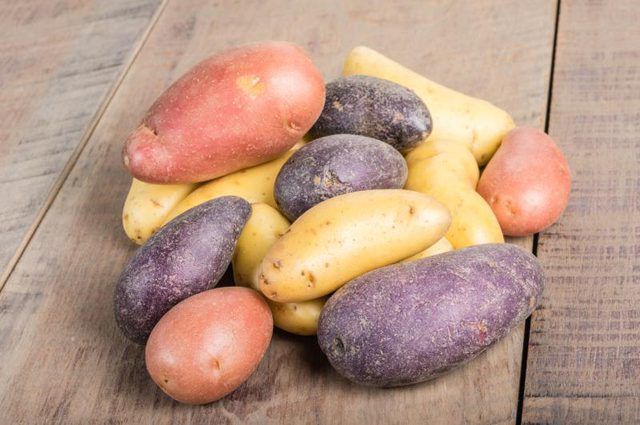Bulbs
Flower Basics
Flower Beds & Specialty Gardens
Flower Garden
Garden Furniture
Garden Gnomes
Garden Seeds
Garden Sheds
Garden Statues
Garden Tools & Supplies
Gardening Basics
Green & Organic
Groundcovers & Vines
Growing Annuals
Growing Basil
Growing Beans
Growing Berries
Growing Blueberries
Growing Cactus
Growing Corn
Growing Cotton
Growing Edibles
Growing Flowers
Growing Garlic
Growing Grapes
Growing Grass
Growing Herbs
Growing Jasmine
Growing Mint
Growing Mushrooms
Orchids
Growing Peanuts
Growing Perennials
Growing Plants
Growing Rosemary
Growing Roses
Growing Strawberries
Growing Sunflowers
Growing Thyme
Growing Tomatoes
Growing Tulips
Growing Vegetables
Herb Basics
Herb Garden
Indoor Growing
Landscaping Basics
Landscaping Patios
Landscaping Plants
Landscaping Shrubs
Landscaping Trees
Landscaping Walks & Pathways
Lawn Basics
Lawn Maintenance
Lawn Mowers
Lawn Ornaments
Lawn Planting
Lawn Tools
Outdoor Growing
Overall Landscape Planning
Pests, Weeds & Problems
Plant Basics
Rock Garden
Rose Garden
Shrubs
Soil
Specialty Gardens
Trees
Vegetable Garden
Yard Maintenance
How to Plant Fingerling Potatoes
How to Plant Fingerling Potatoes. Fingerling is a specialty variety of potato (*Solanum spp.*) with long, narrow tubers that often can be broken easily into smaller sections. Most cultivars of the late-season plant require 90 to 100 days of frost-free weather to mature. Fingerling tubers -- which are edible and grow underground -- are 1½ to 2...

Fingerling is a specialty variety of potato (Solanum spp.) with long, narrow tubers that often can be broken easily into smaller sections. Most cultivars of the late-season plant require 90 to 100 days of frost-free weather to mature. Fingerling tubers -- which are edible and grow underground -- are 1? to 2 inches wide and usually 2 to 4 inches long. Sometimes the tubers have knobby joints. Location and timing are two important factors when planting fingerling potatoes, which usually are grown as annuals in the United States.
Location and Soil
Choose a sunny location where you did not grow potatoes, tomatoes (Solanum lycopersicum), peppers (Capsicum annuum), eggplant (Solanum melongena.) or other nightshade family plants during the previous two years. Potatoes thrive in well-drained sandy, loamy soil with a pH of 4.8 to 5.5. If your garden has clay soil, then mix in a 3- to 4-inch-thick layer of composted manure, leaves or compost a few weeks before planting.
Timing of Planting
Plant fingerling seed potatoes two to four weeks before your area's average annual last frost date. Ensure the ground temperature has warmed to at least 40 degrees Fahrenheit. Late frosts may kill new foliage, but the plants will survive and sprout new growth.
Preparation and Planting
Fingerling seed potatoes are prepared and planted in the same way as the seed potatoes of other varieties, though each fingerling seed potato is smaller. Use certified, disease-free fingerling seed potatoes to avoid scab, blight and other diseases to which the plants are susceptible.
Cut fingerling seed potatoes into 1-ounce pieces with at least two or three eyes -- small, dark bumps from which stems will grow -- per piece. Breaking fingerling pieces into smaller pieces at their joints is simple.
Plant the pieces 4 to 6 inches deep in soil, with each piece's cut side facing downward and its eyes facing upward. Space the pieces 18 inches apart in rows that are 3 feet apart. Fingerlings sprawl more than traditional potato plants, and so they need more room to grow. Water the site well to settle the soil around the planted pieces. Then ensure the soil gets 1 inch of water per week, supplementing rainfall as needed; keep the soil evenly moist but not soggy.
Various Tuber Colors and Textures
Like other potato tubers, fingerling tubers range in color from the tan "Austrian Crescent" to the pink "Rose Finn Apple" and cranberry "French Fingerling," all of which have yellow flesh. The tubers of "Purple Peruvian," however, are purple through and through, and the skin and flesh of "Red Thumb" are red.
Most fingerling varieties have waxy flesh, though the flesh of "Purple Peruvian," "Red Thumb," "Ozette" and "Butterfinger" has a drier texture.